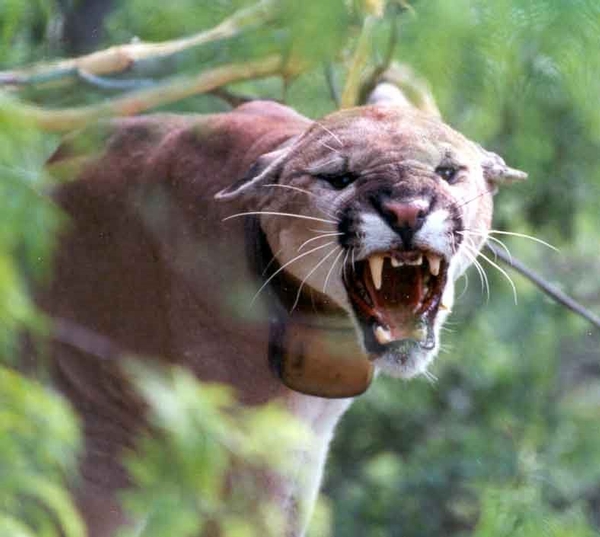
Predator Control and How it Affects Your Hunting Success

Hunters, managers and landowners all have an interest in raising baby animals. Whether it be calves, lambs, quail chicks, turkey poults, or deer fawns, the end result is the same—without babies you will not have adults. Sounds pretty simple and easy doesn’t it? Don’t be fooled. This article is to remind you of the importance of predator control for the sake of wildlife management.
I have never been hired by a client — whether it is a landowner or a hunting group –that asked me to help them mess up their ranch! Nope, not one has ever asked me to help them destroy habitat, make their bucks smaller or produce fewer quail. With that being said, it is obvious that everyone involved has a vested interest in producing, promoting, and enhancing what they have for the ultimate end-use.
Predator control has a major and direct influence on wildlife populations and management. If you are managing for ground nesting birds such as quail and turkey, predators include raccoons, skunks, opossums, badgers, feral hogs, grey and red fox, coyotes, bobcats and feral house cats. If you are managing for big game such a deer or antelope, your primary targets include coyotes, mountain lions, bobcats, and feral hogs. Predator control does not mean predator elimination–that is impossible and impractical. Predator control means just that—controlling the total number of predators that select against your targeted species of interest.
Predator control is not a cure-all for poor habitat management, overgrazing, lack of water or poor herd management, but a TOOL used to help manage your wildlife populations. Predator control is like cedar control or supplemental feeding or selective harvesting or even a game survey- it is but one of the many pieces of the puzzle required in order to help your property reach it’s full wildlife potential. If you fail to have quality habitat or continue to overstock your property, or even shoot your bucks too young, predator control will not fix the problem. When you think of predator control work, think of saving baby critters, habitat damage control, disease control, fence maintenance, supplemental feeding cost savings, road/vehicle encounters, farm crop damage prevention and even water resource management. Predator control is multi-faceted and very important to the local community and economy along many fronts.
I tell folks all the time that if you don’t raise that buck fawn this year, you will not shoot him as a trophy buck in five or six years. If that hen does not raise a successful clutch in the spring, you cannot take a mess of quail in the fall or harvest that trophy gobbler next spring. You must have babies to have adults, so get involved with your local trappers and let them help you manage your wildlife populations.
All photo and content herein is copyrighted property of Spring Creek Outdoors, LLC and may not be copied/reproduced or otherwise used in any way without express written permission from Spring Creek Outdoors, LLC. All rights reserved.
Posted in: Land Management
